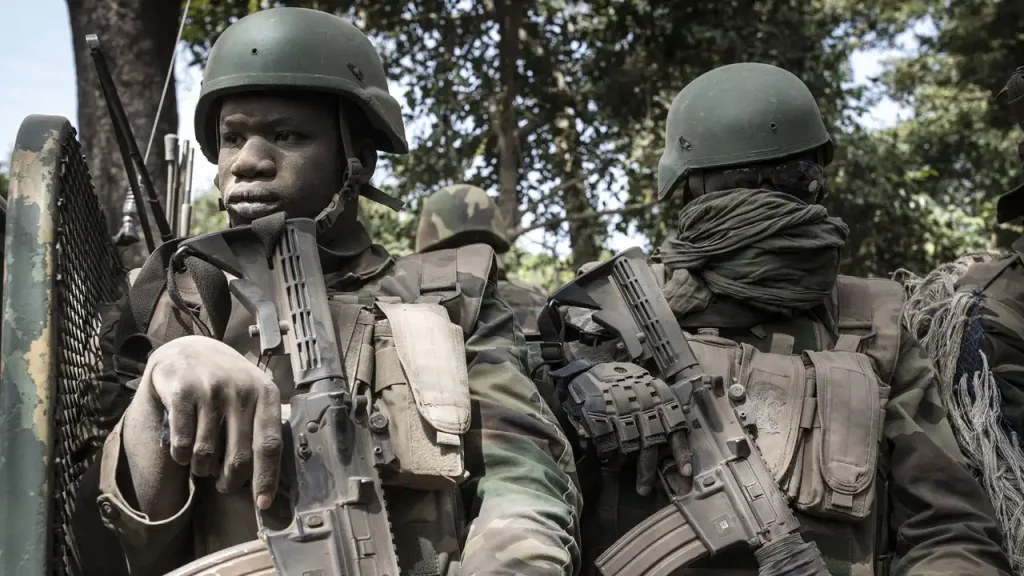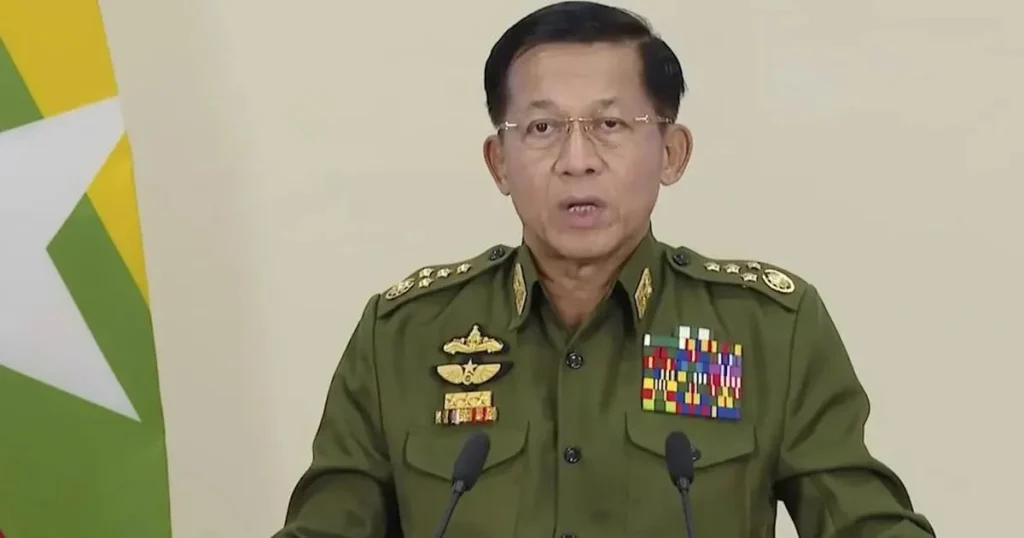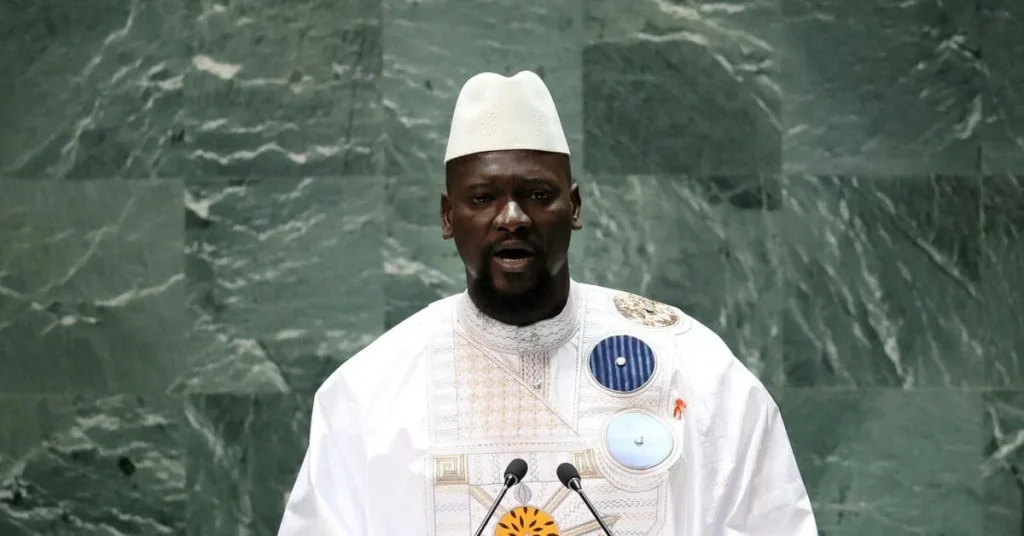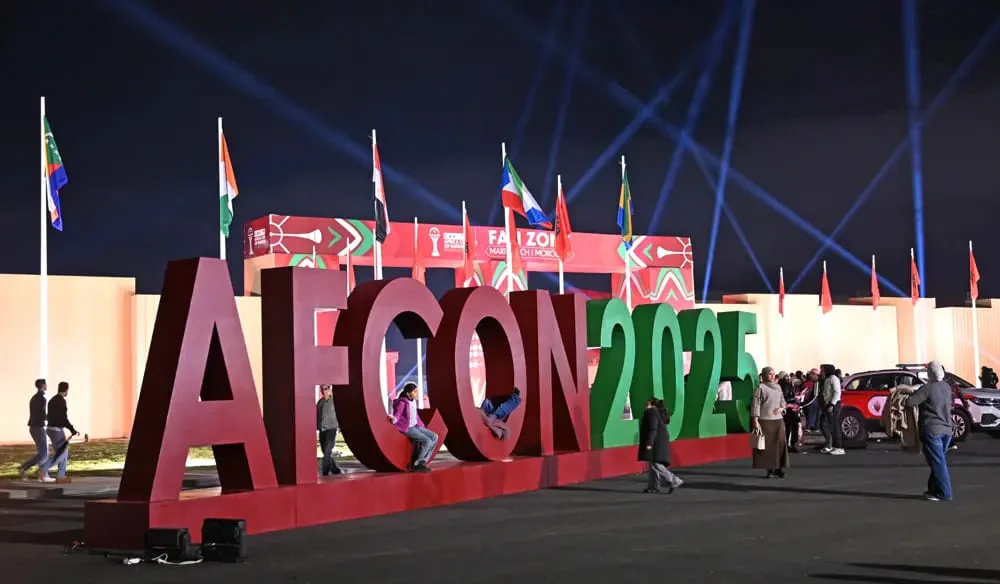On March 13, 2022, the Senegalese army launched a military operation in the southern Casamance region, targeting the bases of the Movement of Democratic Forces of Casamance (MFDC) faction led by Salif Sadio, per. The chief of staff’s statement declared, “In the framework of their mission to secure people and goods, the army… launched an operation with the main objective of dismantling the bases of Salif Sadio’s MFDC faction,” aiming to curb criminal activities like timber and cannabis trafficking, per. The army vowed to “preserve the integrity of the national territory at all costs,” signaling a robust response to the separatist threat.
Context of the Casamance Conflict
The MFDC has waged a low-intensity separatist conflict in Casamance since 1982, resulting in thousands of deaths, per. The region, geographically separated from northern Senegal by the Gambia River, has a distinct culture and language rooted in its history as a Portuguese colony until 1888, when it was ceded to France, later joining Senegal upon independence in 1960, per. The conflict, fueled by perceived marginalization, had been largely dormant until a major offensive in 2021 aimed to dislodge rebels, per. The MFDC, split into factions, includes a prominent group led by Salif Sadio, accused of illicit activities.
Recent Clashes and Escalation
The operation followed a January 24, 2022, clash near the Gambia border, where four Senegalese soldiers were killed and seven captured by MFDC rebels, per. The captured soldiers were released on February 14, per. This incident heightened tensions, prompting the army’s latest offensive to target Sadio’s faction, known for using Gambia and Guinea-Bissau as safe havens, per. The military’s focus on dismantling rebel bases reflects a strategic effort to disrupt their operations and secure the region.
Government’s Push for Peace
Senegalese President Macky Sall has prioritized achieving “definitive peace” in Casamance during his second term, per. The 2022 operation builds on a 2021 offensive designed to drive out rebels and restore stability in a region critical for its agricultural and fishing resources. The conflict’s persistence has displaced communities and disrupted economic activities, with an estimated 60,000 people displaced since the 1980s, per. Sall’s administration aims to secure the region to enable safe returns and curb illegal trafficking.
Regional and Historical Dynamics
Casamance’s unique history and geography, separated by the Gambia River, have fueled separatist sentiments, with the MFDC exploiting regional instability for activities like cannabis and timber trafficking, per. The rebels’ cross-border operations in Gambia and Guinea-Bissau complicate Senegal’s efforts, as these countries have historically served as refuges, per. The government’s aggressive military stance in 2022 underscores its determination to assert control, amid ongoing challenges in addressing the root causes of the conflict, including economic marginalization and ethnic diversity.






